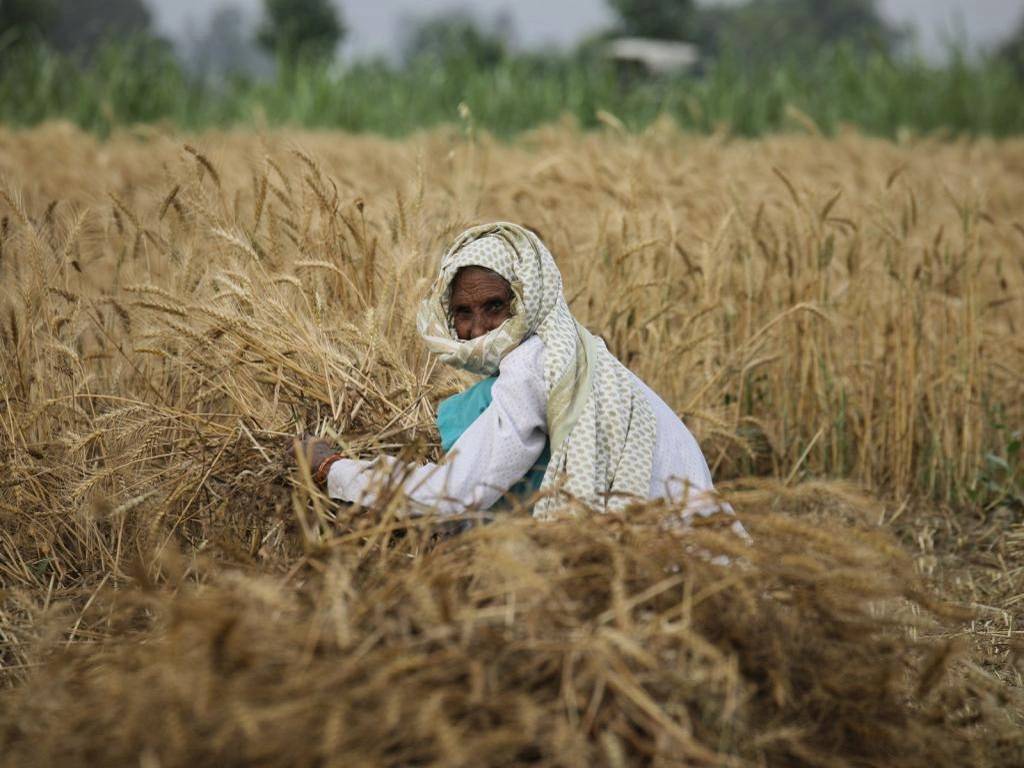
Despite damaged supply chains and other problems caused by the COVID-19 epidemic, India's agricultural and related exports increased by a healthy 21% in the first eight months of the current fiscal year. Increased access to markets in the United States, the European Union, and the United Arab Emirates, as well as specific government efforts to broaden the worldwide reach of processed food from India, enhanced exports.
According to Commerce Ministry data, agricultural produce exports, including processed and unprocessed, increased to $29.51 billion between April and November 2021. The government anticipates that overall sector exports will reach $43 billion by March 2022.
The increase in agricultural produce exports was led by a dramatic increase in non-basmati rice, other cereals, dairy products, and sugar exports, which all increased by at least 40% between April and November 2021-22.
Broad-based growth
A thorough examination of the data reveals that the most recent expansion has been broad-based. The export basket was at $13.1 billion in only the first seven months of the current fiscal year, according to the Agricultural and Processed Food Products Export Development Authority (APEDA), which oversees non-plantation crops. The sum was $20.6 billion for the whole 2020-21 fiscal year, up from $16.4 billion in 2019-20.
In FY22, several new products were also shipped overseas for the first time.
The government has also increased exports of processed goods such as honey, cocoa, fruit jams, and wine, wherein India has not previously shared global expertise. India is currently the world's ninth-biggest honey exporter, shipping out 7.36 lakh tonnes in the previous fiscal year, with the United States being the top client at 80%.
Challenge persists
However, Agri exports have continued to confront logistical challenges, including a worldwide container constraint. As the number of available containers decreased, the average price of shipments increased, causing many international purchasers to cancel orders.
"The scarcity of refrigerated containers has driven up freight rates to unsustainable levels, where freight expenses have surpassed production value," said Ajay Sahai, director-general and chief executive officer of the Federation of Indian Export Organizations. This has had an especially negative impact on India's seafood exports, which rely significantly on fish and prawn shipments to European and West Asian markets.
Rising agricultural income levels have now resulted in increased investment in the industry and a stabilization of the labour force. According to the agricultural ministry, agriculture and associated sectors employ more than half of the Indian workforce.
















